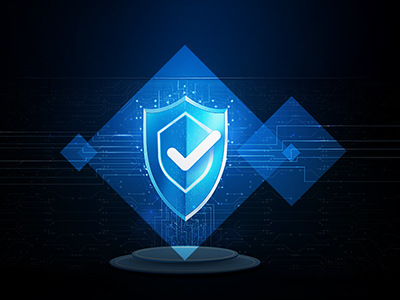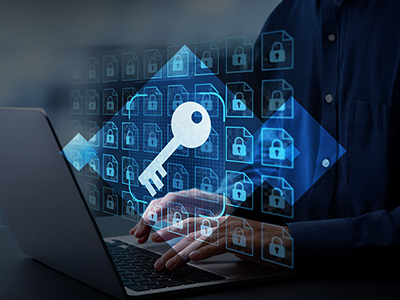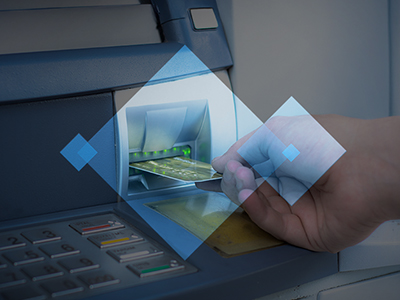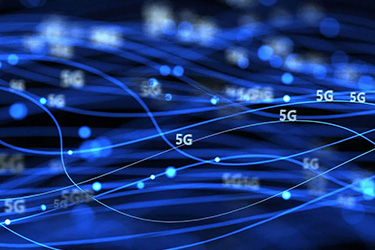GP HSM
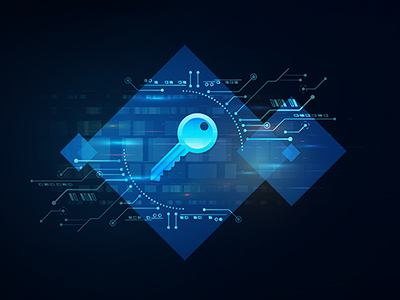
Public Key Infrastructure
Generate and protect cryptographic keys used for certificates in a Public Key Infrastructure

Key Injection
Leverage Hardware Security Modules for secure and future-proof key injection processes

Document Signing
Appy legally-binding, secure electronic signatures to your digital documents with ease
File and Folder Encryption

Data Protection at Rest and in Motion
Continuous protection of most sensitive assets in an organization
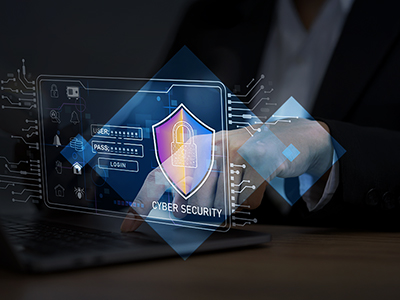
Unauthorized Access Prevention
Enable secure and efficient role-based encryption for complete data protection

Secure External Sharing
Secure data transfer with external parties that will not slow-down the business







